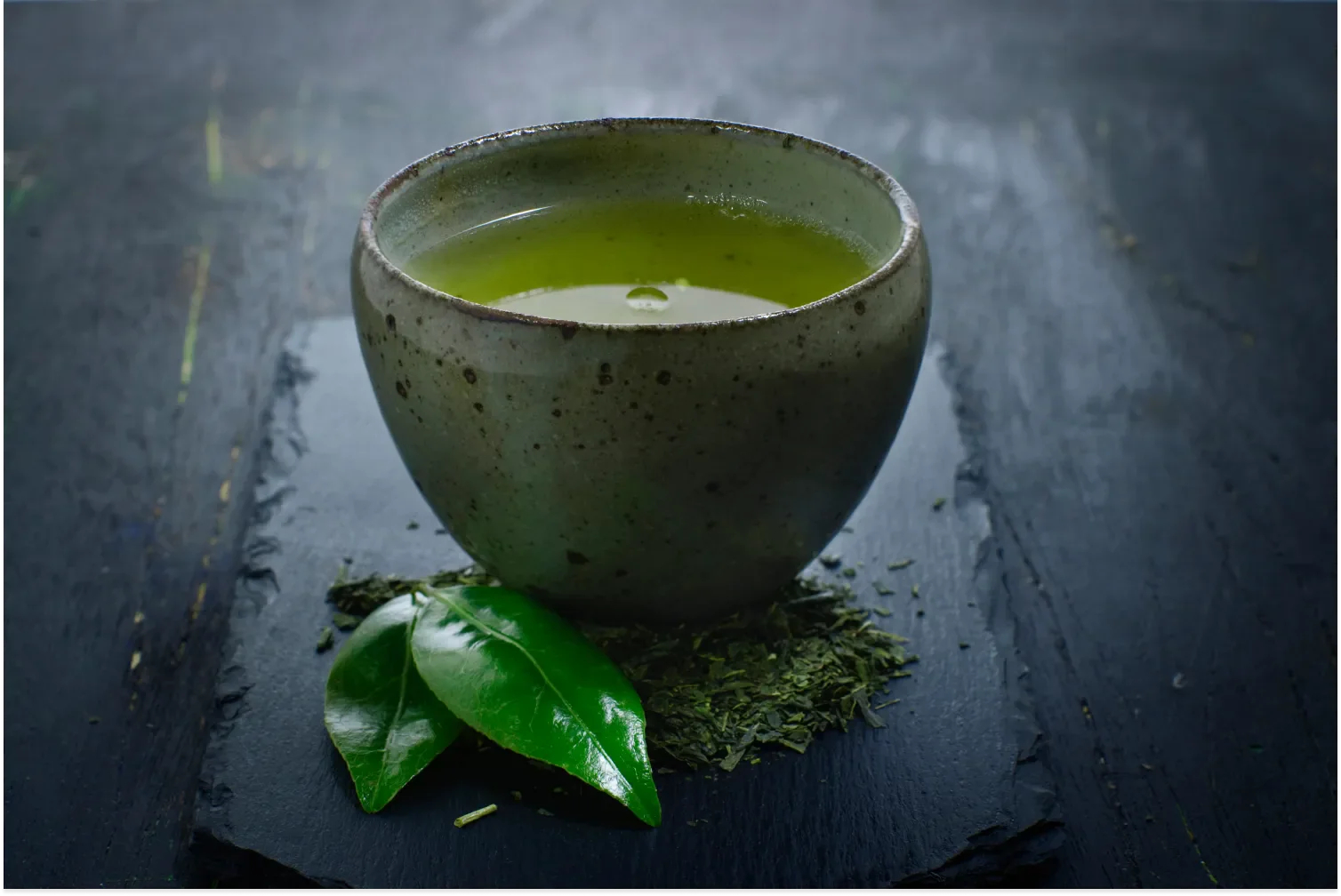There are many great things about Japan that attract people from around the world to visit this country. In my humble opinion, tea is one of them. You can find a variety of several tea types over there, starting from the black tea, oolong tea, pan-fired green tea and fermented tea. Most tea produced in Japan is green tea.
What is Japanese Tea?
When green tea is processed, the fresh leaves are heated or steamed in order to deactivate the enzymes and hence prevent oxidation. Japanese green tea is normally steamed, a method which contributes immensely to a unique taste experience. The country’s teas are processed to preserve the natural taste and flavour of the fresh leaves. This way chemical compounds change very little. Another distinct feature of Japanese tea is the pursuit of “umami” rather than aroma. Umami is often described as the sensation of richness or savouriness which is a taste element that makes Japanese tea truly unique. It is used as the determining factor when grading tea. Glutamic acid and L-theanine are the main compounds that create the umami sensation and they dissolve easily. Other essential elements of Japanese tea are bitterness, astringency and sweetness. The main compounds determining the bitterness and astringency are a group of polyphenols called catechins which are considered to be a great antioxidant, protecting against gene mutation, slowing down the ageing process and preventing the formation of cancer cells.
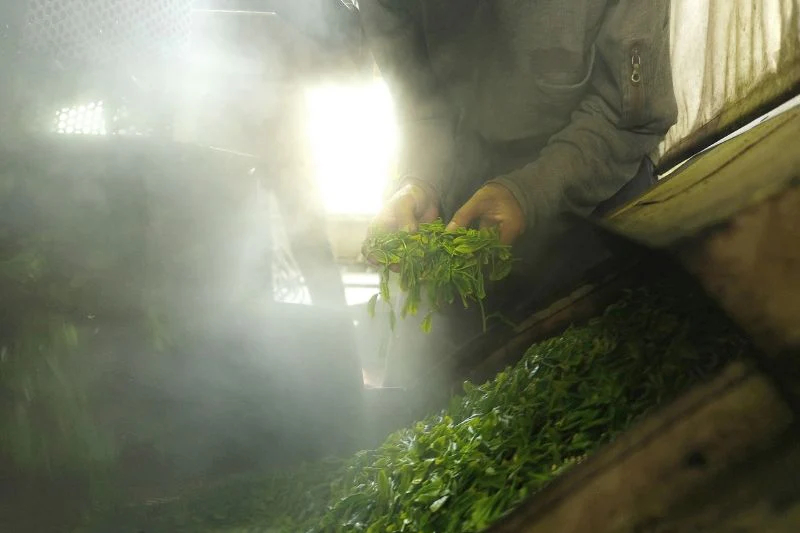
And what is sencha?
A type of tea that belongs to the non-oxidized green tea group that is steamed and non-shaded. In my opinion sencha is the real classic in the repertoire of Japanese tea. The good thing about it is that it can be steeped in several ways to evoke and accentuate various flavours. This makes it more flexible than any other tea. When you use the cold water for steeping, it triggers the natural sweetness, but when hot water is used – bitterness, astringency and aroma are dissolved to a greater extent. There is no good or bad method of steeping sencha so you should learn the logic behind and then apply it in different ways to test which works for you. Since sencha is grown without shading, its natural flavour from the terroir and cultivar remains, making it an interesting choice for the aficionado for the tea tasting.
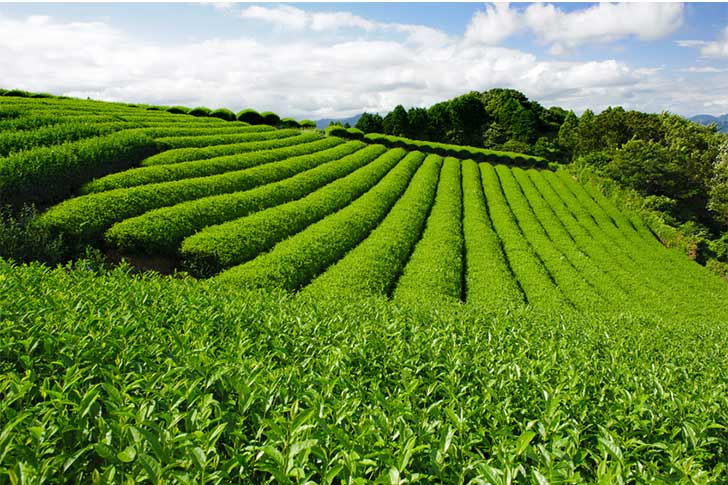
Steeping Sencha
Now, I would like to share the standard way of steeping a well-balanced cup of sencha.
Steeping guide:
Tea leaves – 6g
Water – 180ml
Water temperature – 70-80°C
Steeping time – 1 minute
- Put 6 sencha leaves in the teapot. It is the equivalent of two full Japanese tea scoops or about three teaspoons. You should try several times to add or remove the amount of leaves to satisfy your taste buds.
- Cool down the water to avoid excess bitterness, astringency and harsh flavours. When you pour boiling water from the kettle into the water cooler, the temperature will drop about 10°C. Don’t worry if you don’t have a water cooler, you can use any heat-resistant vessel.
- To achieve a good balance of all taste elements, the water should be cooled down to 70-80°C. Pour hot water into the water cooler, wait for a while and then try to hold it carefully. At 70°C most people can bear touching it for a while but it is still too hot to hold for a long time. Using a thermometer a couple of times to ascertain the temperature will help you trust your senses next time.
- When water is cooled down to the desired temperature, pour it gently into the teapot. If the temperature is too low, the tea will get a watery taste and the aroma will also become weaker. If you want to prevent this, make sure to put on the lid and then wait for one minute. If the steeping time is too short, the taste will not be fully extracted. Conversely, steeping the tea for too long will make it bitter and astringent.
- Pouring energetically will result in a harsh flavour, so handle the teapot gently and pour lightly to get a cup of tea with a smooth and round flavour. If you are steeping tea for more than one person, pour the tea little by little into each cup to adjust the strength and colour. Always make sure to pour to the last drop.
- Even if all the tea is poured and no liquid remains, the teapot is still hot. This lingering heat will make the second steeping excessively bitter and much of the aroma will also be lost, so make sure to remove the teapot lid and put it on a lid rest or somewhere else safe.
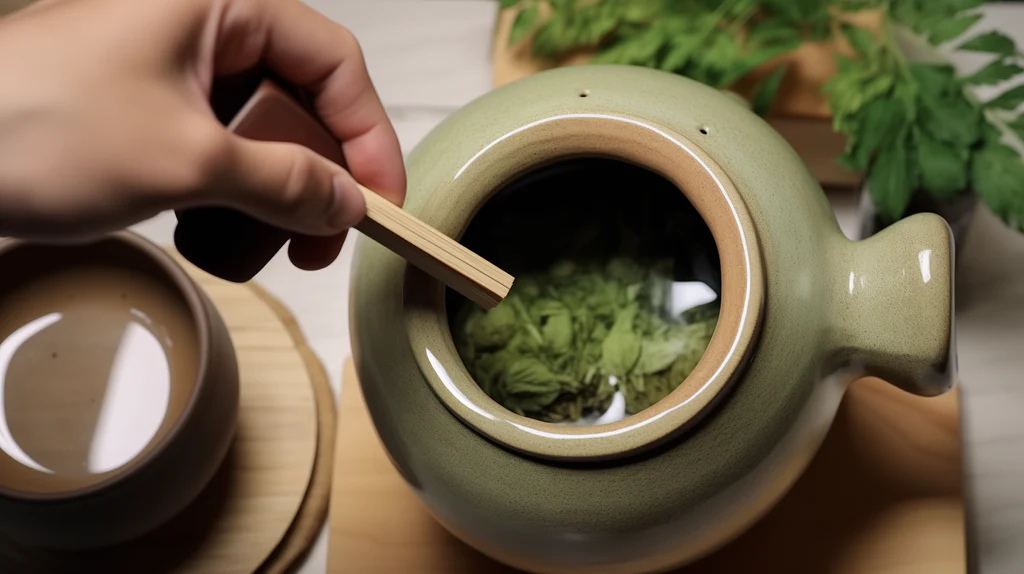
How to enjoy a second steeping
Most of the umami comes out in the first steeping. In order to extract more of the aroma and a pleasant astringency from the second steeping, gradually raise the temperature. However, as the leaves have already opened up, steep the tea for only a few seconds before pouring it into the teacups. If you are pairing your tea with sweets, the naturally astringent second and following steeping will make a perfect match.
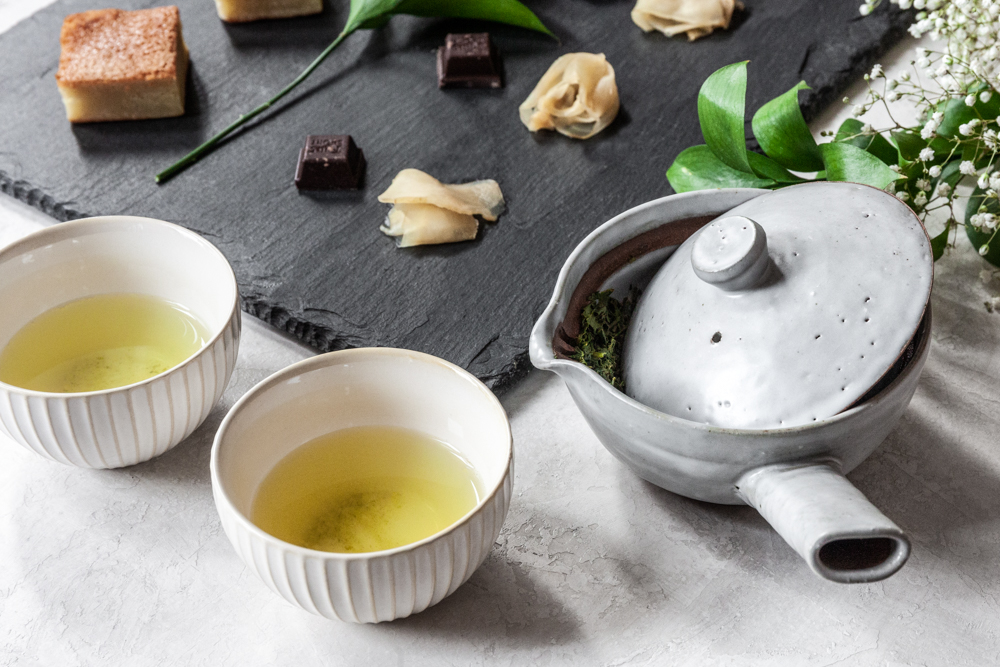
How to ensure even flavour intensity
When steeping tea for two or three people, it is important to pour the tea little by little into each cup to make all the cups of tea taste the same. However, this action itself will make the steeping time longer, so pouring everything into a preheated pitcher or back into the water cooler makes it easier to control the taste and flavour when steeping tea for a large number of people. Then pour the tea from the pitcher into the teacups.
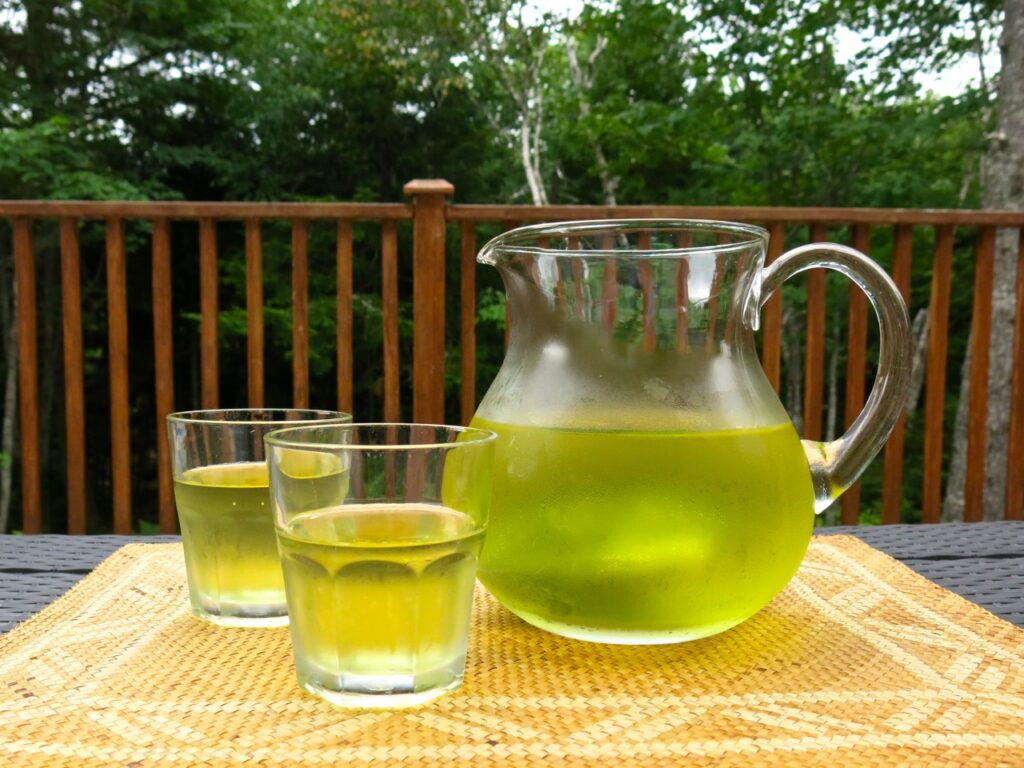
I hope you find these tips useful and will enjoy sipping your sencha.
Happy tea time!
